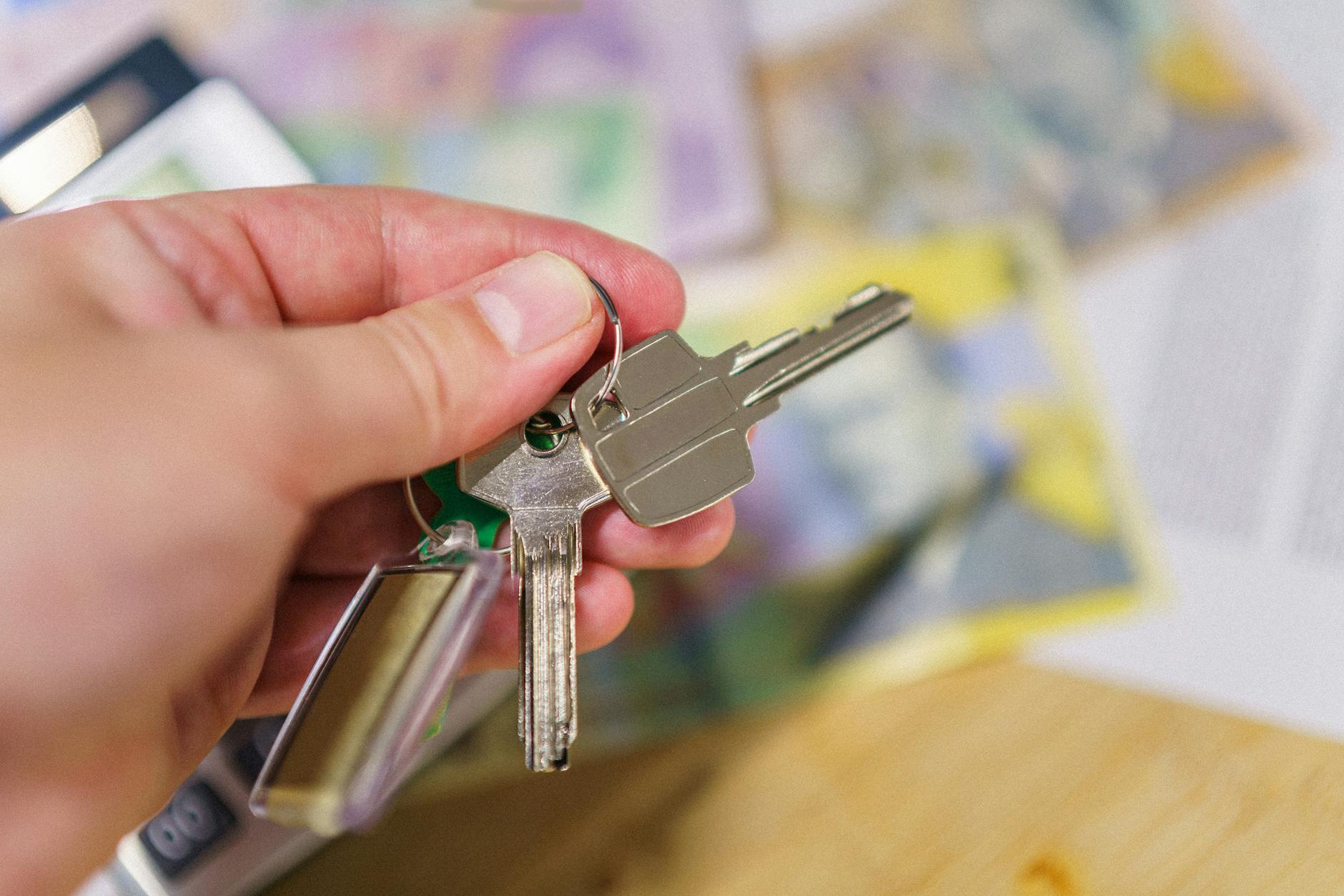Comprehensive Guide to Down Payment Assistance for First-Time Buyers
Comprehensive guide to down payment assistance for first-time buyers
Purchasing a home for the first time is an exciting milestone, but one of the biggest challenges many buyers face is accumulating the necessary down payment. Fortunately, various down payment assistance (DPA) programs are designed to ease this hurdle and make homeownership more accessible. This guide will explore what down payment assistance entails, who qualifies for these programs, the different types available, and how to apply for them. Whether you’re a young professional, a family, or someone looking to improve your living situation, understanding these options can significantly impact your ability to buy a home. Let’s dive into the essential details that can help first-time buyers navigate the path to homeownership with confidence.
Understanding down payment assistance and its benefits
Down payment assistance programs are initiatives, often sponsored by government agencies, nonprofits, or lenders, aimed at helping buyers cover the upfront costs required to purchase a home. Typically, these programs offer grants, low-interest loans, or forgivable loans to reduce the financial strain of saving thousands of dollars for a down payment. The benefits of utilizing DPA include:
- Lower initial financial burden – easing the need to save large sums.
- Improved loan qualification – increasing the likelihood of mortgage approval.
- Access to better interest rates – some programs offer reduced mortgage rates in conjunction with assistance.
- Building home equity sooner – allows buyers to enter the market earlier and begin investing in their future.
These programs can be a game-changer, especially in high-cost housing markets where down payments can be a significant barrier.
Who qualifies for down payment assistance?
Eligibility criteria vary widely depending on the program and location, but common requirements include:
- First-time buyer status: Many programs define this as someone who has not owned a home in the last three years.
- Income limits: Assistance is often targeted toward low-to-moderate income families to prioritize affordable housing.
- Purchase price limits: The property’s price must fall within certain boundaries to qualify.
- Homebuyer education: Some programs require completion of an approved homeownership course.
Additionally, other factors like credit score, employment history, and location may affect eligibility. Because criteria can be quite specific, it’s crucial for buyers to research programs available in their city, county, or state, as each jurisdiction may offer different assistance options.
Types of down payment assistance programs
Down payment assistance comes in several forms, each with its own pros and cons. Understanding these can help buyers choose the best fit for their financial situation.
| Type | Description | Repayment Terms | Best for |
|---|---|---|---|
| Grants | Funds given without the need for repayment, often for qualified buyers. | None, free money. | Buyers seeking non-repayable help. |
| Deferred loans | Loans that do not require repayment until the home is sold or refinanced. | Paid back later, usually with no monthly payments. | Buyers expecting to stay in home long-term. |
| Forgivable loans | Loans forgiven after a specified period if the buyer remains in the home. | Repayment waived after certain years. | Long-term owners committed to staying in the home. |
| Second mortgages | Additional loan taken alongside primary mortgage, requiring monthly payments. | Regular monthly payments required. | Buyers with stable income for multiple payments. |
How to apply for down payment assistance
Applying for down payment assistance involves several key steps that intertwine with the homebuying process:
- Research available programs: Begin by checking local housing agencies, state websites, and nonprofits offering DPA.
- Review eligibility requirements: Carefully ensure you meet income, credit, and purchase criteria before applying.
- Complete necessary education: Many programs require homebuyer counseling or education courses; complete them early.
- Gather documentation: Prepare income proof, credit reports, tax returns, and property details to support your application.
- Apply through the program or your lender: Some lenders facilitate the DPA application, coordinating it with your mortgage.
- Close on the home: Once approved, the assistance will be applied at closing, reducing your out-of-pocket costs.
Timing is crucial, so starting early and maintaining close communication with your lender and program contacts can streamline the process.
Conclusion
Down payment assistance programs are invaluable resources for first-time buyers facing the challenge of accumulating substantial initial funds. By understanding what DPA entails, determining eligibility, exploring the various types of assistance, and following a clear application process, buyers can significantly improve their chances of successful homeownership. These programs not only alleviate financial pressure but also pave the way for more accessible, affordable housing. With program availability varying by location and specific terms, thorough research and preparation are essential. Ultimately, down payment assistance can bridge the gap between dreaming of a home and making that dream a reality, ensuring more individuals and families can confidently step onto the property ladder.
Image by: Jakub Zerdzicki
https://www.pexels.com/@jakubzerdzicki
editor's pick
latest video
news via inbox
Nulla turp dis cursus. Integer liberos euismod pretium faucibua

